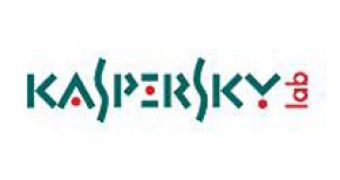Kaspersky Lab issued a new analysis of trends in malware evolution. The study shows that cyber criminals are changing tactics to improve their return on investment.
Senior virus analyst Yury Mashevsky studied the changes in the numbers of malicious programs that have been added to the Kaspersky Anti-Virus database in the period from January 2003 through May 2005 to confirm a hypothesis proposed earlier in the year by Kaspersky Lab analysts: Internet criminals are indeed moving towards better defined structures and clearer business processes.
The full report "Watershed in Malicious Code Evolution" is published in the Analysis section of the viruslist.com website. Yury Mashevsky comments, "The rate at which VirWare (viruses and worms) and TrojWare (Trojans and spyware) programs were added to antivirus databases indicates that cybercriminals are changing their tactics. Instead of organizing large-scale virus outbreaks, cyber criminals are mailing spam containing Trojans and backdoors that are not capable of propagating on their own."
The article also illustrates the explosive growth in AdWare programs detected by Kaspersky Anti-Virus, discusses the surge in the number of new malicious programs for platforms other than MS Windows (Symbian, UNIX, .NET), and analyzes changes in the frequency with which updates of Kaspersky Anti-Virus databases are released.
Yury Mashevsky concludes that we can expect regional mailings of malicious programs, which will be designed to make it more difficult to detect the malicious program in the region where it was originally spammed.
The most important is that the criminal market for malicious programs is far from saturated and this market will continue to expand, leading to cyber wars between a decreasing amount of larger and better-organized criminal groupings.
As you can see, the war against viruses is far from over and virus writers will migrate to new platforms along with users.

 14 DAY TRIAL //
14 DAY TRIAL //